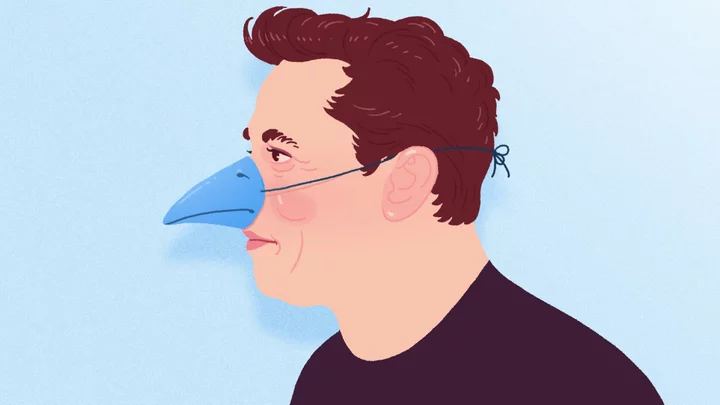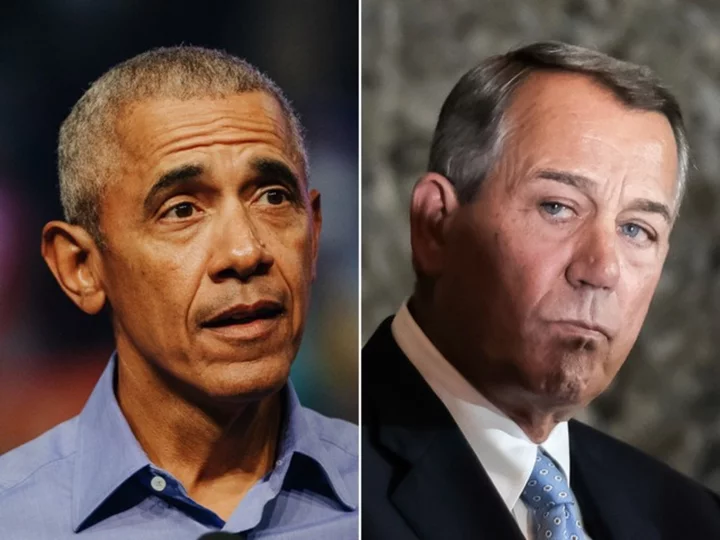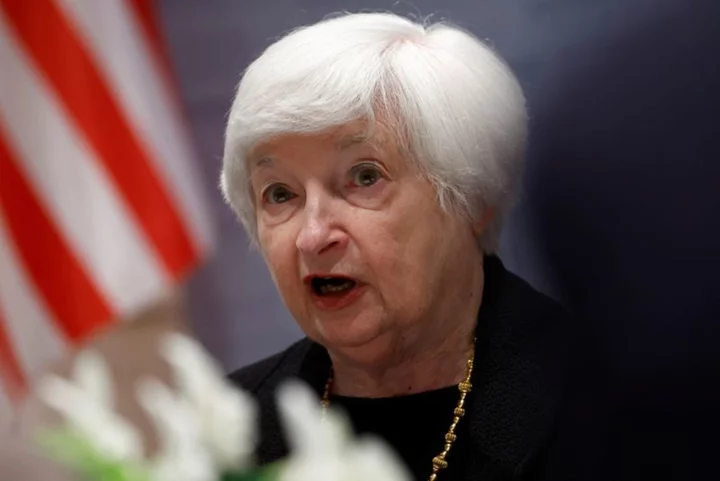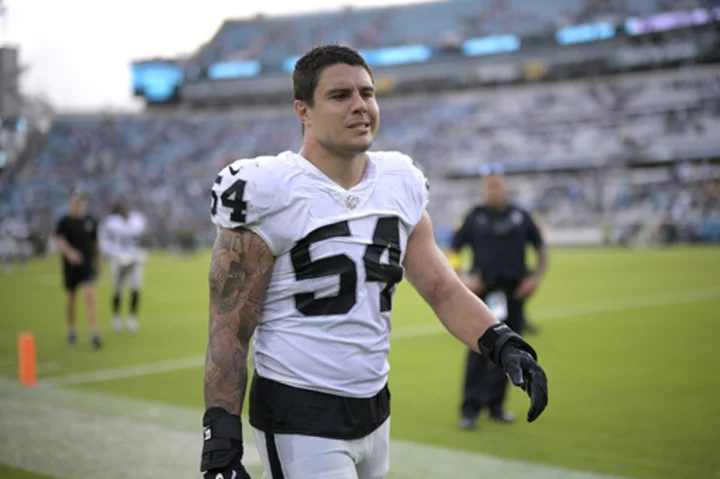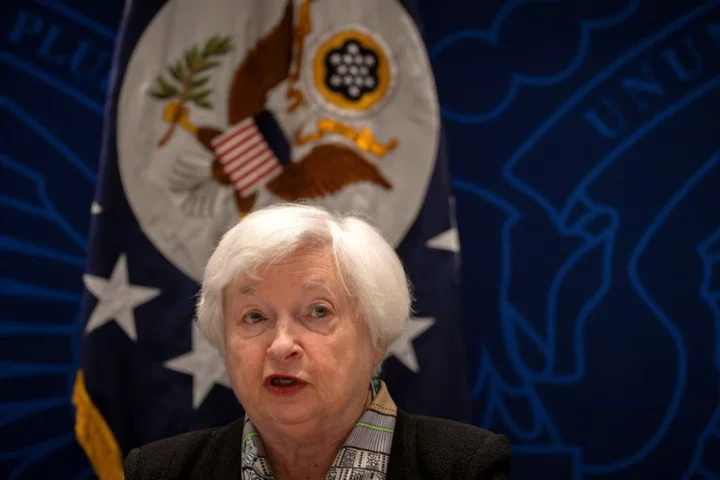By now you probably have heard the big news: Elon Musk is passing the baton to his newly announced Twitter CEO, former NBCUniversal head of advertising Linda Yaccarino.
Musk may like that Yaccarino seems to share the same right-wing politics as he does and that probably played a role in her hire, but that's not why he went with Yaccarino specifically. Yaccarino will be Twitter's next CEO because she is well-respected in the advertising world and has a long rapport with important figures within the industry.
And with her hire, Musk is making it clear that his grand plan to make Twitter profitable through subscription-based models has ultimately been a failure.
SEE ALSO: More than half of Twitter Blue's earliest subscribers are no longer subscribedBack in May of 2022 – when Musk's $44 billion offer was first accepted by Twitter and long before he tried to get out of his Twitter purchase – Musk put together a pitch for investors. In that pitch, Musk made the case that the future of Twitter's revenue was not in advertising, but in subscriptions.
Twitter has historically made the vast majority of its revenue from advertising. In 2021, for example, roughly $4.5 billion of Twitter's $5 billion in annual revenue was from ad sales. That's 90 percent of Twitter's revenue. Musk, in his pitch, claimed he wanted advertising to only account for 45 percent of Twitter's revenue.
What would be Twitter's main revenue driver then? Subscriptions, of course. According to Musk, Twitter would focus on its premium $8 per month subscription service, Twitter Blue, rather than ad sales. Musk envisioned that Twitter Blue would have 69 million subscribers by 2025. By 2028, Musk estimated the subscription service would have 159 million users paying.
If that happened, by Musk's calculations, Twitter Blue would be raking in more than $6.6 billion annually by 2025 and more than $15.2 billion by 2028.
Fast forward to one year later. Musk now owns Twitter. Twitter Blue has been accepting subscriptions now for 6 months. The blue checkmark verification badge that comes with a Twitter Blue subscription has become a mark of shame. Celebrities were publicly announcing that they wouldn't pay for a Twitter subscription. According to researcher Travis Brown, who has been tracking Twitter Blue subscriptions for months, less than 700,000 users currently subscribed – and not all of them are paying either as Musk gifted thousands of "complimentary" subscriptions to influential figures.
Even if all 700k users were in fact paying, Twitter Blue is bringing in only $67.2 million per year. If Twitter continued to grow at that rate, by 2025 the company would only have 2.8 million Twitter Blue subscribers bringing in less than $269 million per year. That's far below Musk's plan of 69 million subscribers grossing $6.6 billion by that time. That's far below the $4.5 billion Twitter made in advertising revenue in 2021. Hell, that's even below the roughly $571 million it made in 2021 from licensing deals and everything other than advertising revenue.
This shouldn't be a surprise to Musk. Mashable ran the numbers in November, back when Twitter Blue first launched. Using industry-wide accepted e-commerce conversion rates, we concluded that the numbers that Musk was throwing at investors for his subscriber-based vision of Twitter were disconnected from reality.
But, even after Twitter Blue's disappointing numbers, Musk continued to trudge on with a focus on subscription revenue by centering another subscriber-based model on Twitter called Subscriptions, formerly known as Super Follows. But, even that's been a bust. Musk's own subscription numbers, leaked by Musk himself, show he's only been able to convert roughly 25,000 of his 139 million followers into paying subscribers so far for his premium paywalled content. With Musk being the most followed user on Twitter by far, it's unlikely any other Subscription user is having any more success than Musk is with the feature.
So, why hire a CEO with an advertising background instead of a subscription-based one? Musk could have easily hired someone at Netflix or Spotify, two of the most successful subscriber-based revenue model companies in the world. But, he didn't. He hired an advertising executive.
Musk, when announcing Yaccarino's hiring, also shared that he'd be staying on at Twitter as its Executive Chair and CTO. He said he'll be overseeing all platform decisions as chair and leading "product, software, and syops" as CTO. What's left for Twitter's new CEO Yaccarino to do other than what she's good at? Advertising.
Now, Twitter won't get rid of those subscription features. It's still revenue. But, gone are those days of Musk dreaming of multi-billion dollar subscriber-based revenue for Twitter in just two years.
Even if half of Twitter's biggest advertisers that left when Musk took over still decide not to return. Even if companies that did stick around continue to spend way less on Twitter ads than they did prior to Musk. Even if Yaccarino can't even bring Twitter's advertising revenue back to the $4.5 billion of yesteryear, advertising will continue to be Twitter's bread and butter.
Musk's subscription model plans for Twitter failed. Musk's hiring of Yaccarino is his first step in admitting it.

